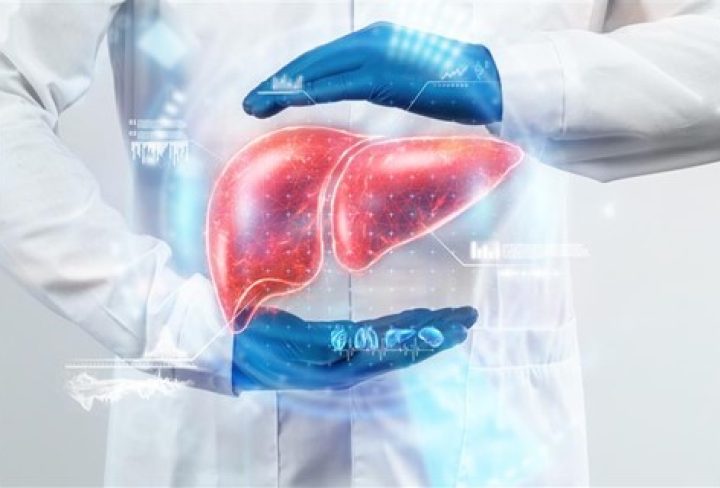Liver elastography is a non-invasive imaging technique used to assess the stiffness or elasticity of the liver. It is primarily employed to evaluate liver fibrosis, which is the accumulation of scar tissue in the liver due to chronic liver diseases such as hepatitis B or C, alcoholic liver disease, non-alcoholic fatty liver disease (NAFLD), and others.
Traditionally, liver fibrosis assessment involved liver biopsy, an invasive procedure that carries certain risks and limitations. Liver elastography offers a safer and more convenient alternative to determine liver stiffness. It uses different imaging modalities to measure the propagation of shear waves through the liver tissue, providing an estimation of liver elasticity.
There are two main types of liver elastography:
- Transient elastography (TE): This technique uses ultrasound to generate shear waves and measure liver stiffness. A specialized ultrasound probe is placed on the skin overlying the liver, and the device calculates the liver stiffness based on the speed of the shear waves. The results are usually expressed in kilopascals (kPa).
- Magnetic resonance elastography (MRE): MRE combines magnetic resonance imaging (MRI) with mechanical vibrations to assess liver stiffness. The patient lies inside an MRI machine, and mechanical waves are generated either by a pneumatic driver or vibrating pad placed on the abdomen. These waves create a specific pattern within the liver, which is detected by the MRI machine and used to calculate the liver’s stiffness.
Liver elastography provides a quantitative assessment of liver stiffness, allowing clinicians to evaluate the degree of fibrosis and monitor disease progression over time. It can help guide treatment decisions, monitor the effectiveness of interventions, and reduce the need for invasive liver biopsies.
It’s important to note that while liver elastography is a valuable tool in assessing liver fibrosis, it has certain limitations. Factors such as liver inflammation, congestion, and other conditions can influence the stiffness measurements. Additionally, elastography techniques may have different performance characteristics and availability depending on the healthcare facility or region.

